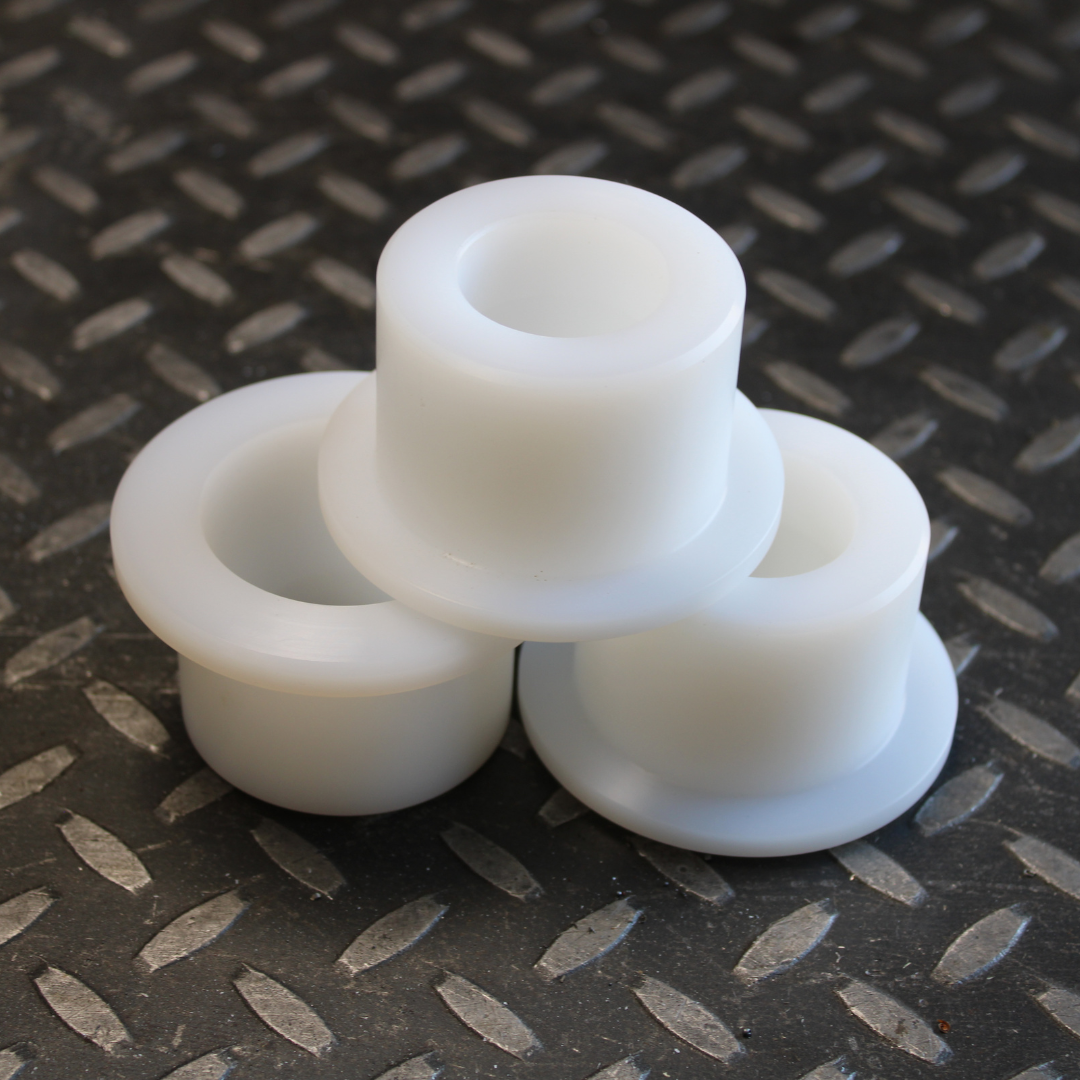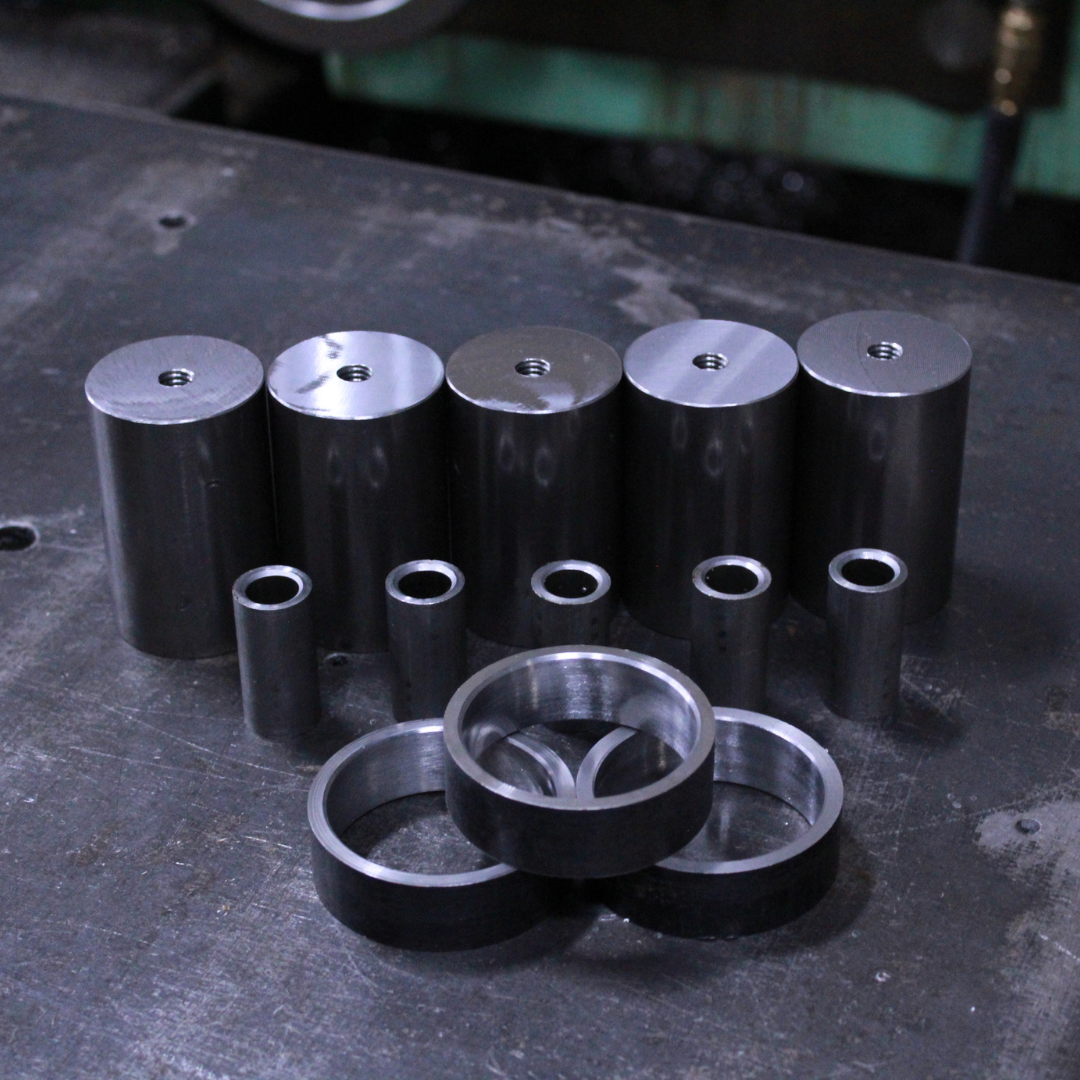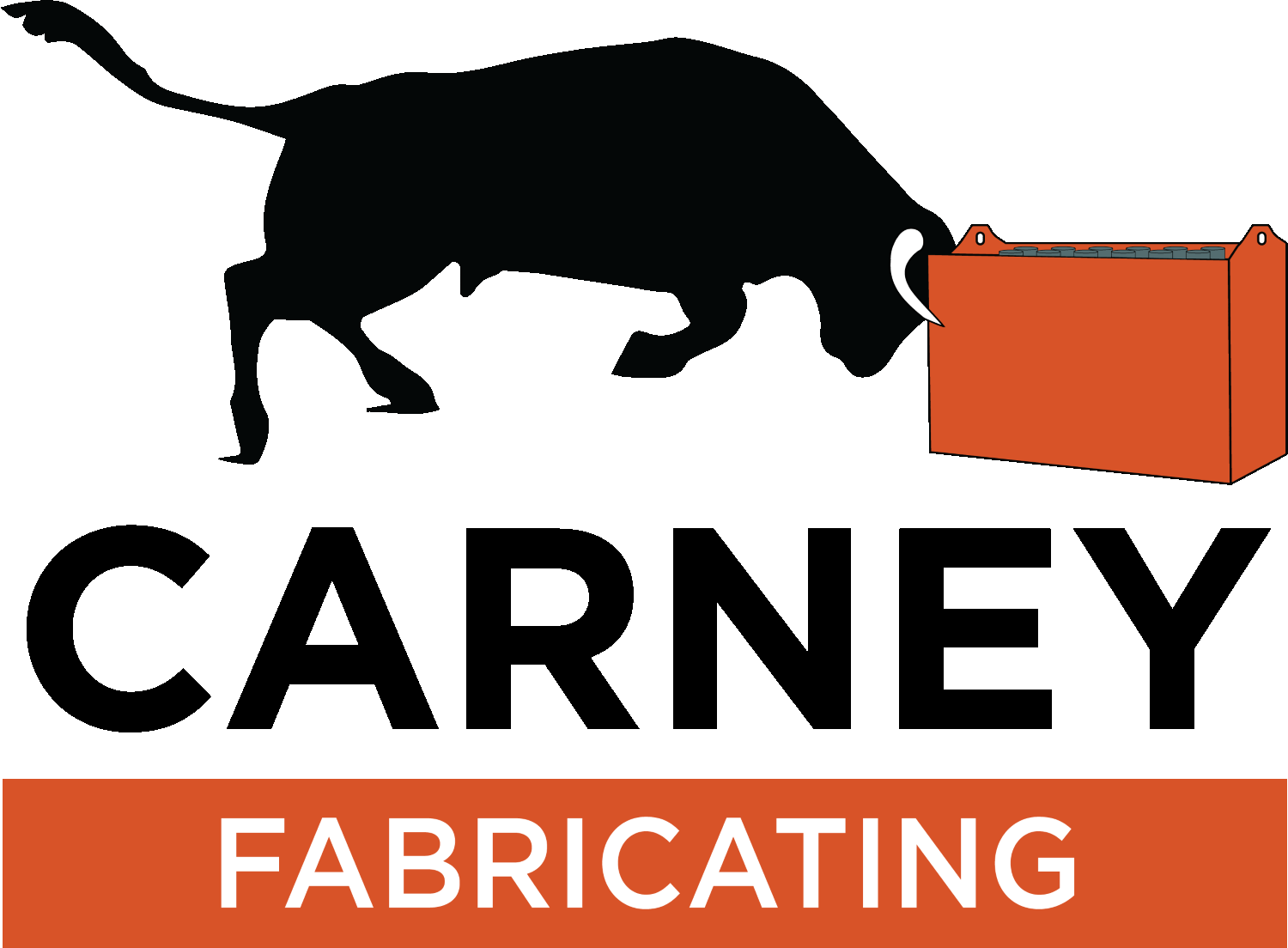Machining is a fascinating field that has been around for centuries. From the early days of manual lathes and mills to the modern era of computer-controlled machines, the art of shaping metal and other materials has evolved and become more precise. Whether you’re a seasoned professional or in the market for custom parts for the first time, there are factors to consider before you place an order with your local machine shop.
Regardless of your industry, choosing the right material is one of the most important components in determining the overall functionality and cost of your part. There are different materials used for machining and each has unique properties and characteristics that make them suitable for specific applications. Here are some quick tips for choosing the right material.
Plastics
Plastics, the manufacturing world’s superheroes, have revolutionized how we live, work, and play. They’re versatile, economical, and used for just about everything from medical devices to car parts, electronics to outdoor wiring insulation, plastics play an essential role in our everyday lives. PVC’s reliable performance makes it the go-to choice for outdoor wiring insulation. And when you need something easy to machine that won’t break the bank, Polyethylene is the way to go. It costs only a fraction of what 6061 aluminum costs, but still gets the job done. Acetal is another affordable option, which is typically 1.5 times cheaper than ABS. Remember, plastics may not always be the best choice for complex parts, as achieving tight tolerances can be challenging. Moreover, post-machining, plastic parts may warp due to stress created during material removal.

Metals
Some materials can indeed save you time and money, but metals are tried and true, simplifying the machining process and always ensuring durability.
For instance, softer metals like aluminum and brass are a machinist’s dream come true. They require less time and effort to remove material from the part blank, resulting in faster machining times and lower costs. Aluminum can be machined four times faster than carbon steel, and brass is one of the easiest materials to machine compared to other hard metals like titanium or steel.
However, that doesn’t mean you should overlook steel altogether. Despite its hardness, steel is an incredibly versatile and popular material that can be machined into various products, from infrastructure to electrical appliances and even tools. If you need parts that can withstand great pressure over time, steel is the most used, and is likely your best bet. Titanium is the superhero of metals. Known for its biocompatibility and temperature resistance, titanium is lightweight and highly prized in many industries, including medical, culinary, and aerospace. However, machining titanium can be a real challenge due to its high tensile strength and low ductile yield. Nonetheless, the rewards of successfully machining titanium are well worth the effort.
So, whether you’re a machinist, an engineer, or a manufacturer, understanding the machinability of different materials is crucial to achieving your goals. Get better insight into the machinability of different materials to ensure that the material you have chosen will perform the way you need it to.

Other questions to ask before you order:
Is Weight Important?
If weight is a concern, standard aluminum alloys like 6061 are great low-density options to keep weight down. Plastics like Delrin and ABS can also help reduce weight further but may result in trade-offs in terms of strength.
What is the part for?
It’s important to consider the end environment where your machined part will be used when selecting the appropriate material. For instance, if you plan to use your part outdoors or in damp conditions, it is best to choose stainless steel instead of carbon steel to prevent rust. Other factors such as stress load, tolerance, and types of fastening (welding, rivets) can also affect your choice of material, as well as specifications like those for military and aerospace parts or regulated environments.
Will it be heat resistant and durable?
Strength and heat resistance are also key factors to consider when selecting a material for your part. There are different ways to measure material strength, including tensile strength, material hardness, and wear resistance. Selecting the material that best fits your design’s various strength requirements will allow you to pick the most suitable material for your part. Extreme temperatures, either very high or very low, will also limit your material choices. You must consider environments where there is high-temperature fluctuation since some materials expand or contract significantly even with slight temperature changes.
What will it cost?
The cost of your project and the manufacturability of your parts will also play a role in choosing the appropriate material. In general, the more material your part uses, the more costly it will be. Additionally, specialty materials and extremely strong materials like titanium will also increase the cost.
If you need more information on which material is best for your parts, you can get in touch with our expert machinists via info@carneyfabricating.com.

